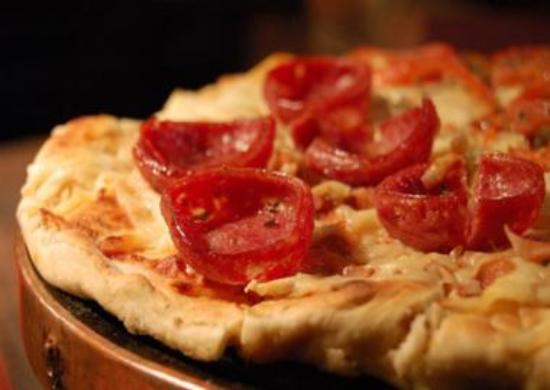Who doesn’t sometimes crave high-fat, sugary-sweet or otherwise calorie-laden food? The desire to stuff our faces with something decidedly unhealthy for us takes on even more risk when the habit becomes more pronounced, when there are other health concerns, such as diabetes, or we’re already addicted to food, alcohol or drugs (or all of these). While there is no definitive proof that drawing pictures of unhealthy food that consumes our thoughts, a new study shows that such an exercise may help reduce the urge to eat that pizza, hot fudge sundae or one-pound burger with cheese and fries. And not only that, either. The results of this study point to respondents feeling somewhat satisfied afterward – even though they didn’t take an actual bite of the forbidden (or unhealthy) food. Can it be true? Is it possible that picking up a box of crayons or some colored pencils to sketch out that mountain of fat and calories actually prove beneficial to our health? We want to know more! As covered in the Wall Street Journal, the intriguing study, reported in the Journal of Behavioral and Brain Science, involved 61 students from St. Bonaventure University in upstate New York. Subjects were in their early 20s and most were slightly overweight. After being randomly assigned to one of four groups, the subjects were given red, green and black pencils and asked to draw pictures of various foods. By group, these foods included:
- High-fat, high-sugar cupcakes
- High-fat, low-sugar pizza
- Low-fat, high-sugar strawberries
- Low-fat, low-sugar peppers
The study researchers utilized a tool to assess respondents mood changes, having students record their mood, interest level and excitement before and after the five-minute test, conducted on an empty stomach. Any guess as to which food improved mood the most? The answer is pizza, which accounted for a 28 percent mood improvement. Second and third were cupcakes and strawberries, at 27 percent and 22 percent, respectively. Last on the list were peppers, which boosted mood by only 1 percent. While mood improved with three of the four foods drawn, hunger and excitement levels showed no significant difference between the groups. The researchers concluded that the mood changes were due to the food depictions, and were unrelated to sugar and fat intake or body-mass index (BMI). What does this mean for the future? Will drawing pictures of craved foods one day become part of treatment for overeating? While the study results are interesting, much more research in this area needs to be done. For one thing, the long-term effects on mood by drawing food are not known. For another, there is no indication as yet how this exercise may help change behavior relative to overeating.

